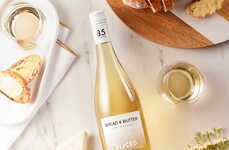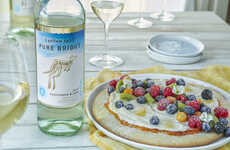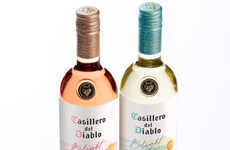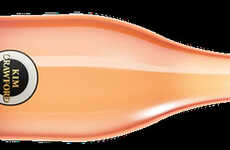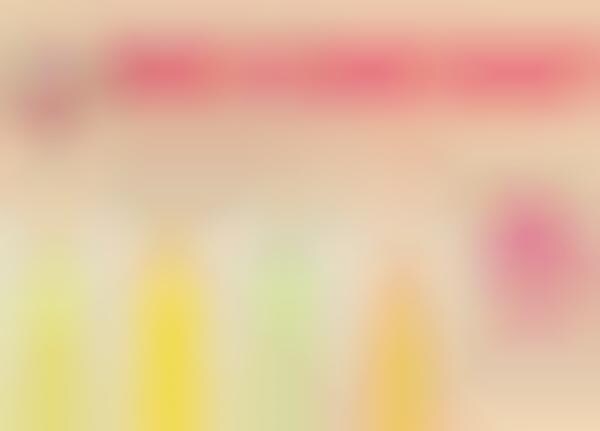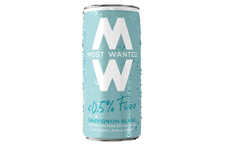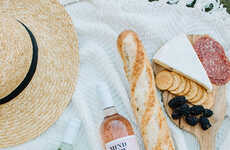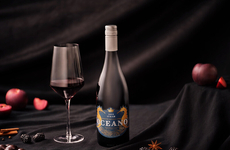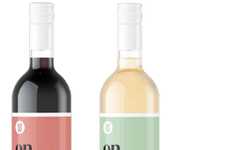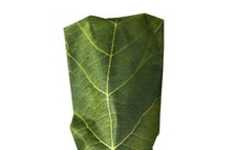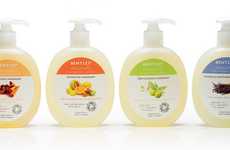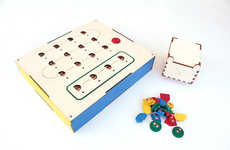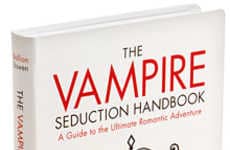
The Wine Calorie Chart Looks at Important Alcohol Nutrition Facts
References: winefolly & infographixdirectory
Without a label explaining the caloric content, drinkers don't always know all of the important alcohol nutrition facts. Without this knowledge, it is difficult to determine how many calories one is consuming in a day, something that is necessary for keeping track of weight gain or loss in a healthy diet.
The Wine Calorie Chart, created by Wine Folly, provides info on caloric content and how many of those calories are from sugar. Not surprisingly, sweet dessert wine has the most calories and sugar, even with half the quantity served in a glass. These alcohol nutrition facts help people make informed decisions; for example, those who are weight-conscious may prefer light alcohol sweet white wines, and those who are watching their sugar intake may prefer a high alcohol red wines.
The Wine Calorie Chart, created by Wine Folly, provides info on caloric content and how many of those calories are from sugar. Not surprisingly, sweet dessert wine has the most calories and sugar, even with half the quantity served in a glass. These alcohol nutrition facts help people make informed decisions; for example, those who are weight-conscious may prefer light alcohol sweet white wines, and those who are watching their sugar intake may prefer a high alcohol red wines.
Trend Themes
1. Alcohol Nutrition Awareness - Disruptive innovation opportunities lie in creating alcohol products with detailed nutrition information to meet the needs of health-conscious consumers.
2. Low-calorie Alcohol Alternatives - There is potential for disruptive innovation in developing and marketing low-calorie alcohol alternatives that cater to individuals focused on weight management.
3. Sugar-conscious Wine Choices - Disruptive innovation can be explored in the wine industry to offer sugar-conscious consumers more options by producing wines with lower sugar content.
Industry Implications
1. Alcohol Beverage Industry - The alcohol beverage industry can gain a competitive edge by embracing disruptive innovation and providing transparent nutritional information to meet the demands of health-conscious consumers.
2. Health & Wellness Industry - The health and wellness industry can tap into disruptive innovation by creating low-calorie alcohol alternatives or promoting sugar-conscious wine choices to cater to consumers looking to maintain a healthy lifestyle.
3. Food & Beverage Packaging Industry - Disruptive innovation opportunities arise for the food and beverage packaging industry to develop informative labels or packaging designs that provide clear and concise nutritional information for alcoholic beverages.
2.5
Score
Popularity
Activity
Freshness

